Exactly on this day 79 years ago - August 19, 1945, the entire Vietnamese people united under the banner of the Viet Minh Front, led by the Communist Party of Vietnam , and rose up in the August Revolution to gain independence and freedom for the Fatherland.
The victory of the August Revolution has an extremely great significance in the history of our nation, because it has forever ended the "double yoke" of foreign invaders and the feudal regime imposed on our people's lives for hundreds, thousands of years.
Although, just one month later, the French colonialists, hiding behind the British allies, returned to invade our country once again, with the will "Nothing is more precious than independence and freedom" following the call of our Party and President Ho Chi Minh , our entire people and army united in mind, joined forces, accepted all sacrifices and hardships, stood up to respond "to the wilderness and sea" to participate in two resistance wars against the French colonialists and the American imperialists for 30 years until the day of total victory on April 30, 1975, firmly protecting the independence and unity of the country that had been won since the August Revolution in 1945.
Doctor Pham Ngoc Thach.
Over nearly eight decades of both protecting and building and developing the country, our people have learned many valuable lessons, of which the most valuable and profound are the lessons about the pioneering spirit, the wise leadership of the Party, and the patriotism, solidarity, and great solidarity of our entire Party and people.
Looking back on the victory of the August Revolution 79 years later, we see more clearly and appreciate more deeply the historical significance of that lesson. Within the scope of this article, the author would like to review a special feature of the days commemorating “Autumn and the 23rd, we followed the call of the country in danger”, which is the role of young people, the youth, specifically the Vanguard Youth of “the South going first and coming last”.
Thanh Nien Vang Phong is the name of the young force that played the role of spearhead during the revolutionary days of the whole country, of the South in general, and of Tay Ninh province in particular.
According to the book End of the 30-year war by Senior Lieutenant General Tran Van Tra (People's Army Publishing House - 2005), the chapter "The Southern citadel goes first and comes last" explains the two words "Tien Phong" as follows:
“The Southern Party Committee had two parallel systems operating: the Liberation Regional Committee and the Vanguard Regional Committee. The Liberation Regional Committee was able to contact the Party Central Committee, through comrade Nguyen Huu Ngoan, who was appointed by the Central Committee in 1943, so it adopted the policy of fighting the French, expelling the Japanese, establishing the Viet Minh Front and national salvation organizations.
By the end of 1944, because comrades Nguyen Huu Ngoan, Le Minh Dinh and the Regional Party Committee headed by comrade Le Van Thang (aka Tran Van Tra) were captured by the enemy, the South lost contact with the Central Committee again.
House number 202 Chasseloup Laubat street (now Nguyen Thi Minh Khai street). This was the clinic of Doctor Pham Ngoc Thach, leader of the Vanguard Youth and also the place where the hammer and sickle flag was publicly hung on August 25, 1945.
Until 1945, the Central Committee of Women's Comrade Ky came to contact the South. This time, Ms. Ky was able to contact the Vanguard group and from here on, the Vanguard Regional Committee closely followed the guidelines and policies of the Central Party.
Especially at this time, the Tien Phong Regional Committee had many veteran comrades of the Party returning to work, or comrades returning from prison camps, such as comrades Ung Van Khiem, Ha Huy Giap, Bui Cong Trung, Nguyen Van Tao, Nguyen Van Nguyen, Nguyen Van Kinh, Nguyen Van Tay... participating, so its activities were quite strong. The Regional Committee made great efforts to develop its forces in Saigon. In May 1945, the Thanh Executive Committee was strengthened with Nguyen Van Kinh as Secretary.
Mass mobilization work was also promoted to develop rapidly. The union had 324 grassroots organizations with 120,000 members. In particular, the Tien Phong Regional Party Committee had the initiative to effectively exploit the legal public movement: Thanh Nien Tien Phong.
At the end of March 1945, Ida, Consul, Acting General Commissioner of Youth and Sports of Indochina, who was a client of Dr. Pham Ngoc Thach, suggested inviting the doctor to establish a youth organization and let Dr. Pham Ngoc Thach have full authority to decide on the organization, name, principles, and content of activities.
Ida's purpose was to create political support for the Japanese fascists, but it was completely in line with the policy of the Tien Phong Regional Party Committee headed by Mr. Tran Van Giau. Doctor Pham Ngoc Thach immediately reported this incident to the Tien Phong Regional Party Committee. In response, the Regional Party Committee directed the establishment of the Vanguard Youth, a public organization at the request of the Japanese, to unite and gather forces for the revolutionary movement.
In his confession, Professor Tran Van Giau said this event was “Sleepy and met a mat”. According to the Professor, after the Japanese coup against the French (March 9, 1945), the Tien Phong Regional Party Committee set many key tasks, including organizational tasks. Professor Tran Van Giau said that the establishment of an organization must be strong and “stronger than all the organizations under the name of religious sects combined (1)”.
When the Tien Phong Regional Party Committee was struggling to find a form of organization and public activities, "Japanese Governor of Cochinchina Minoda and Consul General Ida invited Doctor Pham Ngoc Thach and Engineer Ngo Tan Nhon to organize the youth in Cochinchina. Thach reported to the Regional Party Committee, privately discussed the pros and cons with Ha Huy Giap (who had just arrived from Central Vietnam) and me (2)".
The book End of the 30-year war by Senior Lieutenant General Tran Van Tra wrote: “… With the policy of the Tien Phong Regional Party Committee, Mr. Thach accepted Ida’s invitation. Thus, “Thanh Nien Tien Phong” was born, led by Mr. Pham Ngoc Thach, Thai Van Lung, Nguyen Van Thu, and Huynh Van Tieng.
The Vanguard Youth had a headquarters, uniforms, equipment, flags (yellow flag with red star), a song (the song "Leng Dang" by Luu Huu Phuoc), was sponsored by Japan, and Ida joined the campaign. Its prestige was very great and it developed at a dizzying speed. After only 3 months, the number of members reached over one million in all 21 provinces of the South. Saigon alone had 200,000 members.
That is because it is legal, in accordance with the patriotism of our youth who have long been oppressed, with the National Salvation Youth Force as the core. In fact, even the elderly and patriotic people of all walks of life also participate in the organization, holding bamboo sticks and wearing wide-brimmed hats, also step one...two... and sing "Let us brothers and sisters charge forward together...", not just among the youth. It is truly a powerful revolutionary people's movement".
On August 16, 1945, after the Emperor announced his unconditional surrender, Marshal Terauchi - Commander-in-Chief of the Japanese army in the South Pacific, invited representatives of the Vanguard Youth to negotiate a number of issues. At this time, the Japanese fascist government and military occupation system had collapsed, and the real power in Cochinchina was actually in the hands of the Vanguard Youth led by the Cochinchina Regional Committee.
Doctor Pham Ngoc Thach and engineer Ngo Tan Nhon, representing the Vanguard Youth, requested the Japanese army not to interfere in the upcoming general uprising and to provide the revolutionary forces with weapons that the Japanese army had confiscated from France. The above requests of the Vanguard Youth representatives were agreed to by Terauchi.
During the seizure of power in Saigon on August 25, 1945, under the leadership of Dr. Pham Ngoc Thach, all members of the Vanguard Youth organization sided with the revolution, contributing to the quick success in seizing power in Saigon. On August 16, 1945, the Vanguard Youth announced its participation in the Viet Minh Front.
By August 25, 1945, hundreds of thousands of Vanguard Youth Union members had successfully organized to seize power from the Japanese army and return it to the people of the South. On the morning of August 25, 1945, when the people of Saigon and neighboring provinces protested and marched around the streets.
At the rally in front of the Governor's Palace (now the headquarters of the Ho Chi Minh City People's Committee), Dr. Pham Ngoc Thach read out the list of the Southern Administrative Committee. In this list were many names of leaders of the Vanguard Youth such as Pham Ngoc Thach, Ngo Tan Nhon, and Huynh Van Tieng.
On September 23, 1945, when the French colonialists returned to invade our country for the second time, the Vanguard Youth was the main force that followed the “cry of the country in danger” with battles at the Cau Kieu and Thi Nghe fronts… besieging and isolating the French colonialists, giving the revolutionary forces enough time to build bases.
Vanguard Youth prepare for parade, August 21, 1945
Assessing this special movement, the History of the Ho Chi Minh City Party Committee affirmed: “With its rapid and widespread development, the Vanguard Youth has become a movement, a form of organized front led by the Vanguard Regional Party Committee, deeply rooted in all social classes, all genders, all ages, non-religious people, including religious dignitaries, especially Buddhists, among the Chinese people… (3)”.
Professor Tran Van Giau assessed: “The Vanguard Youth was a creation of the Southern people's movement. Thanks to that, the Communist Party, in a relatively short time, was able to become the patriotic organization with the largest organizational force in Saigon and the whole of Southern Vietnam, meaning that the Communist Party had a strong political army as desired (4)”.
The work "The End of the 30-Year War" by Senior Lieutenant General Tran Van Tra, former Deputy Minister of National Defense, former highest commander of the Southern Liberation Army (Regional Command), originally a leader of the Liberation Regional Party Committee of the Southern Party Committee, explained to the generation of cadres, party members and young people in the South as well as the whole country: why the Southern Party Committee before the August Revolution had two levels of committees (Liberation Regional Party Committee and Tien Phong Regional Party Committee) leading in parallel, and at the same time explained the birth, meaning of the name and the legal public activities of the once-famous Vanguard Youth Force in the South 79 years ago.
That is the mettle, revolutionary intelligence, leadership method and art of "knowing how to win step by step" of our Party, the source and driving force for the victory of our country's revolution under the leadership of the vanguard Party.
Tan Hung - Vu Trung Kien
(To be continued)
(1) Tran Van Giau, Collection, volume 3, People's Army Publishing House, Hanoi, 2008, p.1,333
(2) Tran Van Giau, op. cit., p.1,333
(3) History of Ho Chi Minh City Party Committee 1930 - 1975, op. cit., p.303
(4) Tran Van Giau, op. cit., p.1.347
Source: https://baotayninh.vn/vai-tro-cua-thanh-nien-tien-phong-trong-khoi-nghia-gianh-chinh-quyen-o-mien-nam-a177340.html


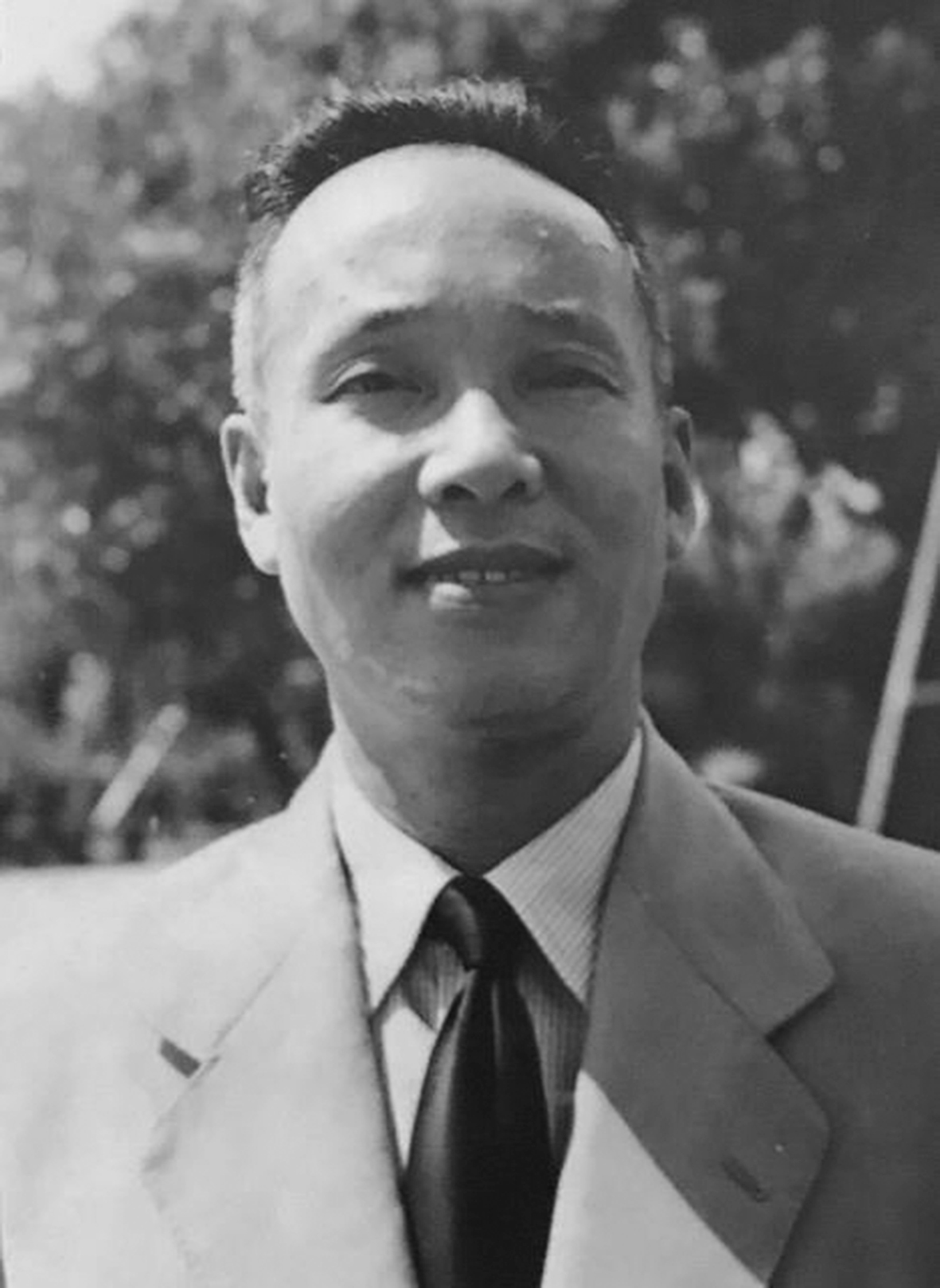
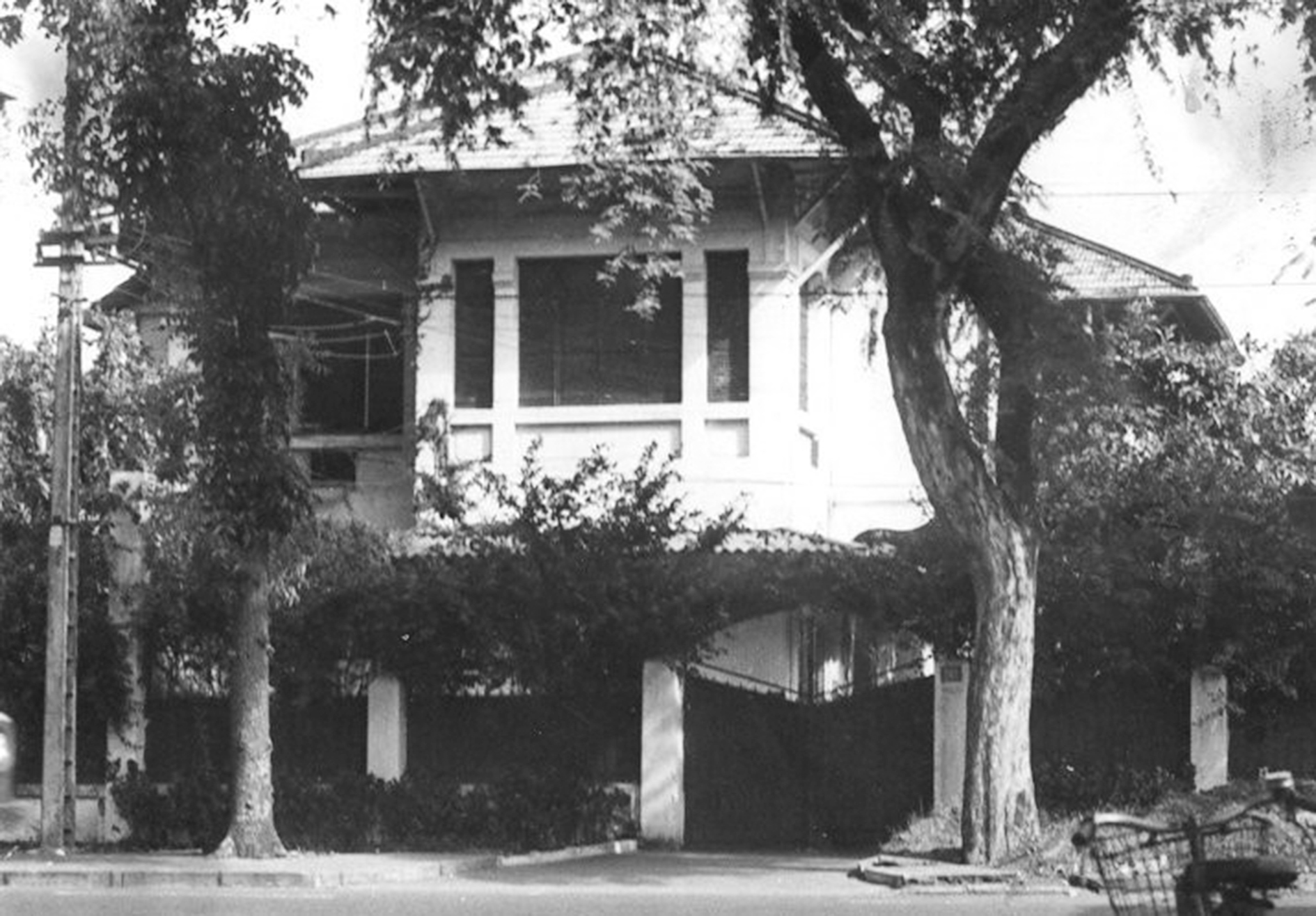
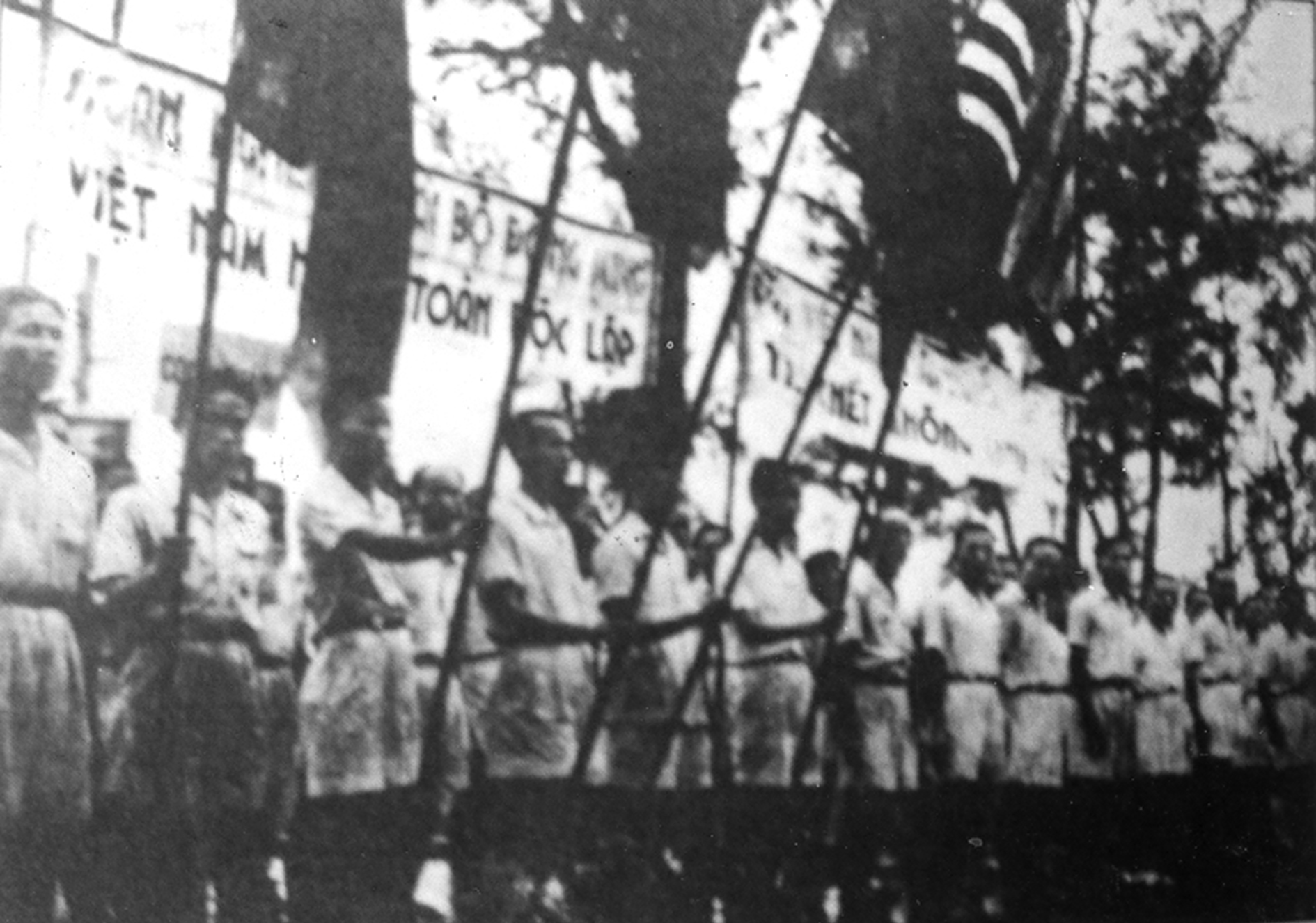






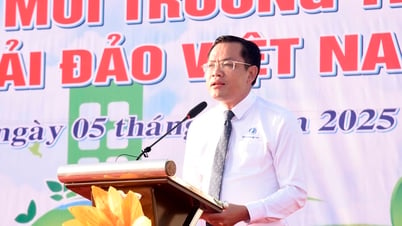
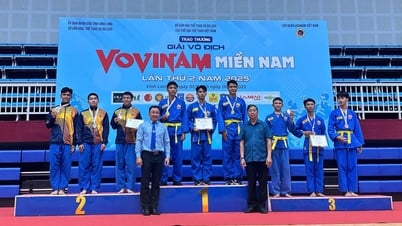
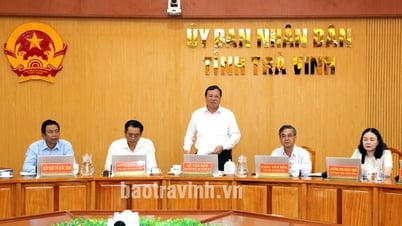

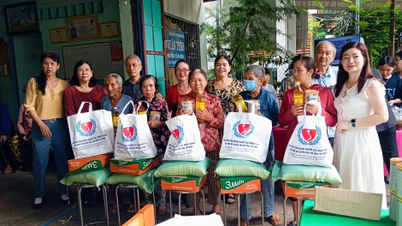

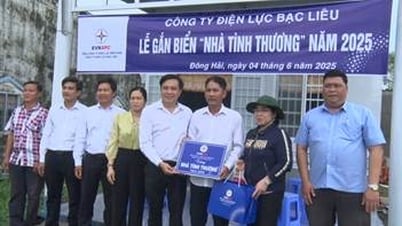








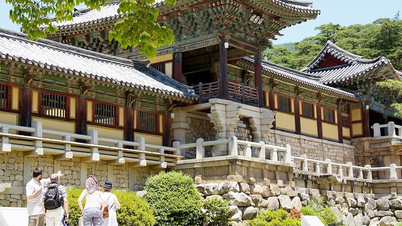
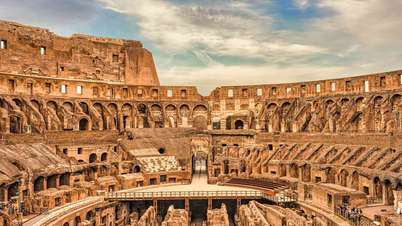

















































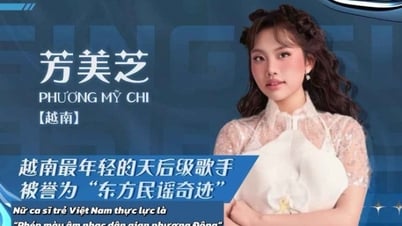



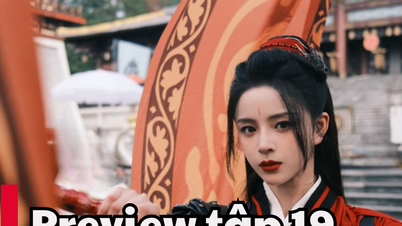










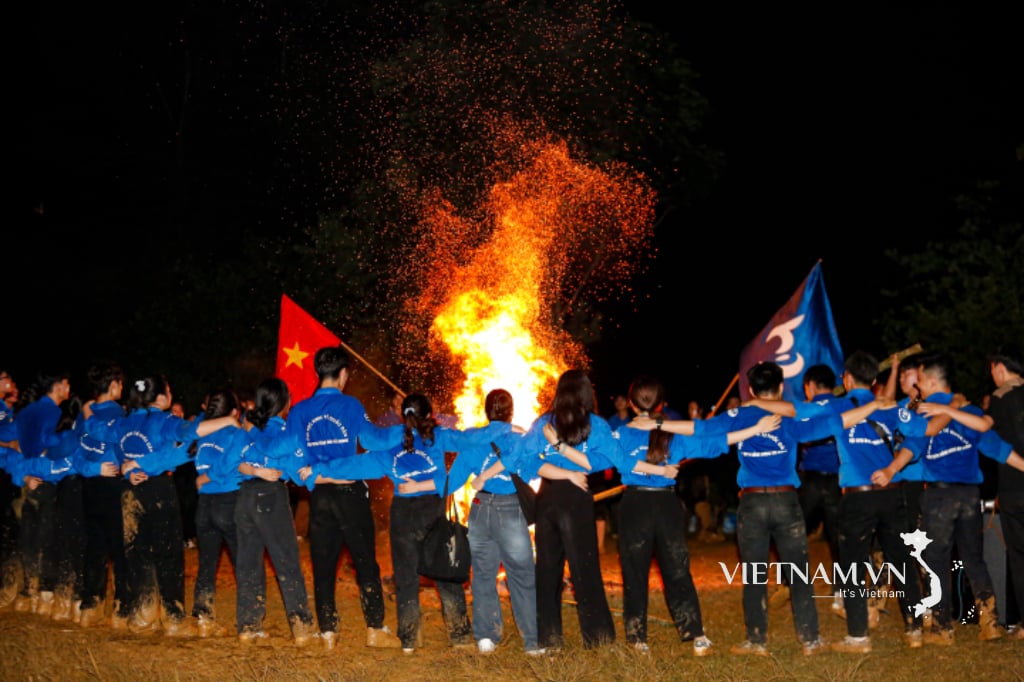

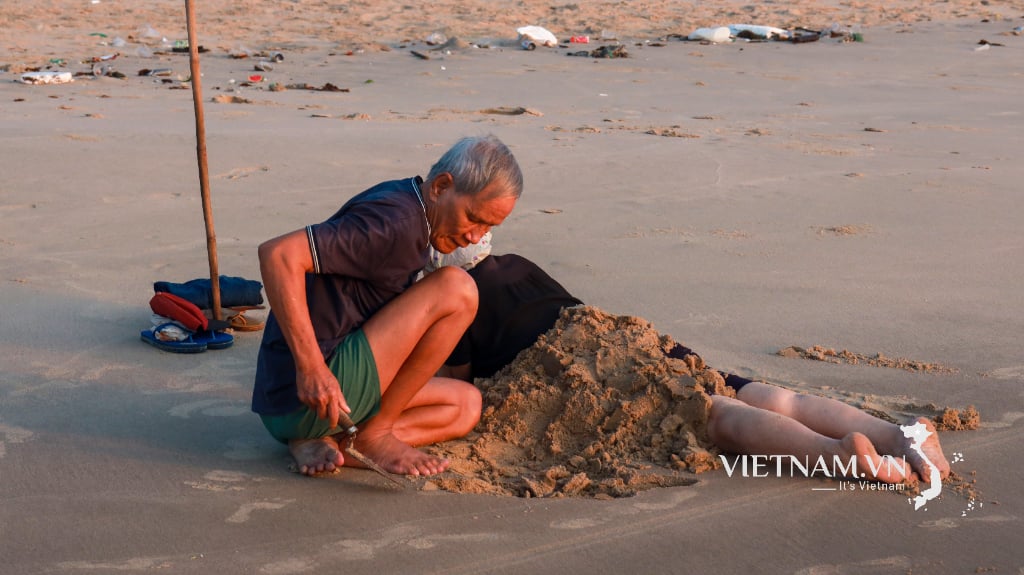
Comment (0)